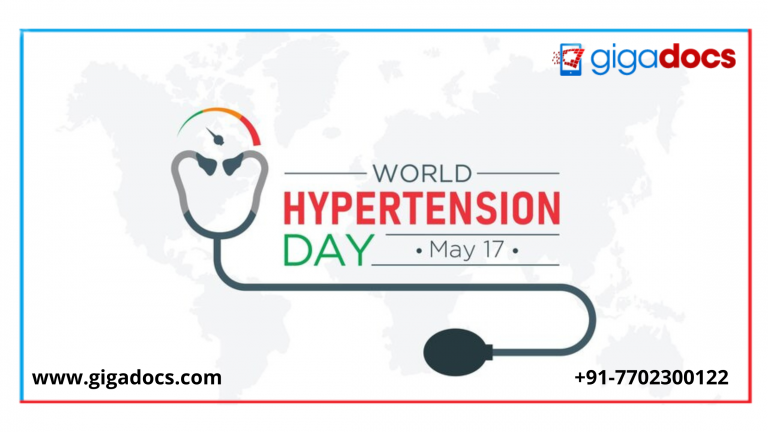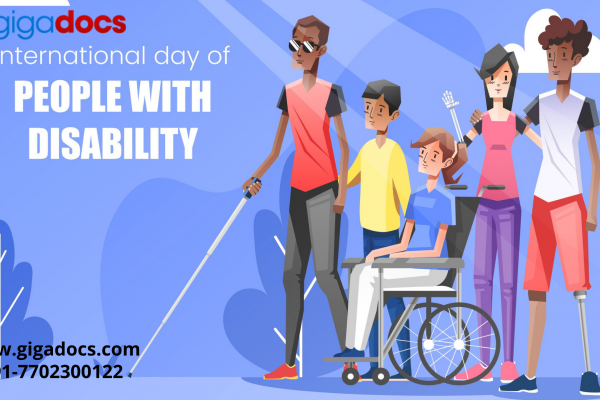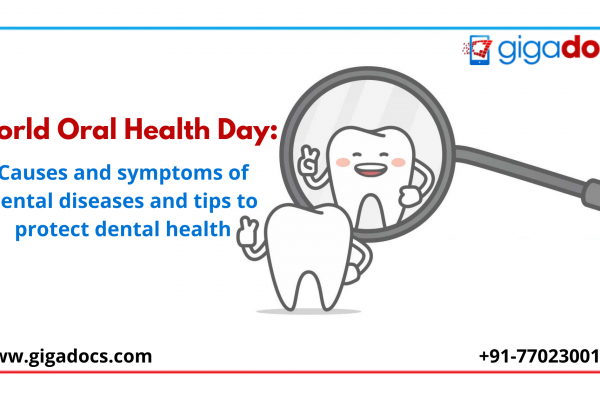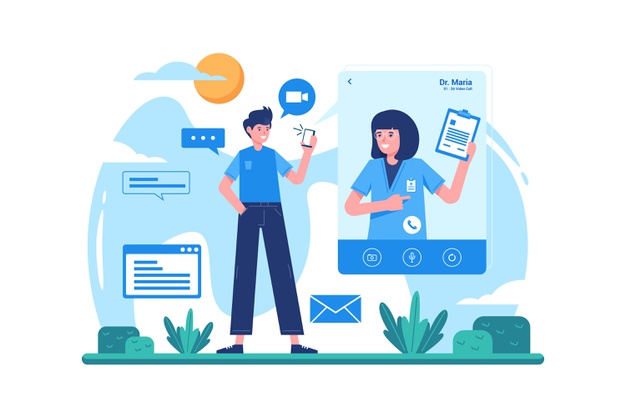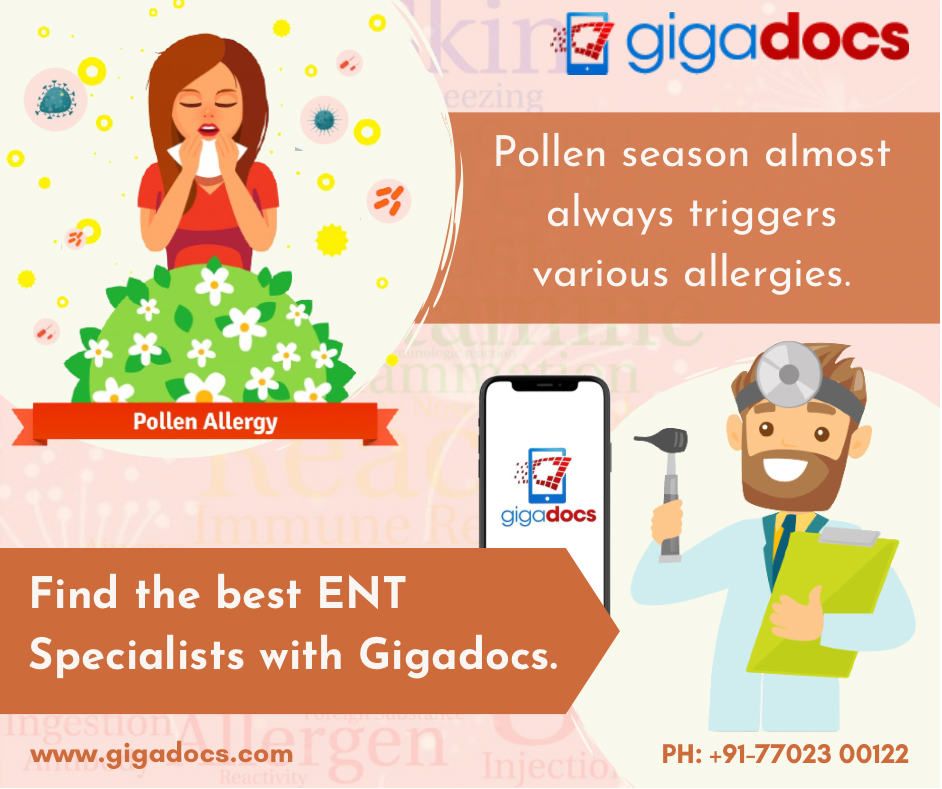Hypertension attacks at least one in four adults in India, but only about 12% of them have their blood pressure under control. India has set a target of a 25% relative reduction in the prevalence of hypertension by 2025
Hypertension, or high blood pressure, is explained by elevated blood pressure levels in the arteries, the force exerted by the blood against the walls of the blood vessels as it circulates through the body.
Blood pressure is measured using two numbers: systolic pressure and diastolic pressure. The systolic pressure represents the pressure in the arteries when the heart contracts and pumps blood, while the diastolic pressure is when the heart is resting between beats.
Hypertension is when the systolic pressure records 130 millimeters of mercury (mmHg) or a diastolic pressure of 80 mmHg or higher. There are two main types of Hypertension:
- Primary or essential Hypertension is the most common type with no identifiable cause. It develops gradually due to genetic factors, lifestyle choices (such as a high-salt diet, physical inactivity, obesity, and excessive alcohol consumption), and age-related changes.
- Secondary Hypertension: Explained by an underlying health condition, which includes kidney disease, hormonal disorders, certain medications, or other factors that contribute to increased blood pressure.
Dangers of High Blood Pressure
Hypertension is often called the “silent killer” because it usually doesn’t cause noticeable symptoms in its early stages. However, if left untreated or uncontrolled, it can lead to serious health complications, including heart disease, stroke, kidney disease, and damage to the blood vessels. Some of the potential risks associated with high blood pressure include:
- Cardiovascular Diseases: High blood pressure is a significant risk factor for cardiovascular diseases, including:
- Coronary Artery Disease.
- Heart Failure.
- Arrhythmias.
- Stroke.
- Kidney Damage.
- Eye Problems.
- Aneurysm.
- Heart Failure.
- Cognitive Impairment.
- Peripheral Artery Disease:
Here are a few reasons why Hypertension can go undiagnosed:
- Absence of Symptoms.
- Gradual Progression.
- Masking of Symptoms.
- Silent Organ Damage.
Early detection and effective treatment can help prevent or minimize the potential dangers associated with undiagnosed or untreated hypertension. May 17th is observed as World Hypertension Day to raises awareness and promote measures to prevent, diagnose, and manage Hypertension.
Stages of Hypertension
Hypertension, or high blood pressure, is classified into several stages based on the severity of the condition. The stages help healthcare professionals determine the appropriate treatment and management strategies:
Blood Pressure Types and Hypertension Stage Grid
| Blood Pressure Types | Systolic pressure | Diastolic pressure |
| Normal Blood Pressure | Less than 120 mmHg | Less than 80 mmHg |
| Elevated Blood Pressure | 120-129 mmHg | Less than 80 mmHg |
| Hypertension Stage 1 | 130-139 mmHg | 80-89 mmHg |
| Hypertension Stage 2 | 140 mmHg or higher | 90 mmHg or higher |
| Hypertensive Crisis | Higher than 180 mmHg | Higher than 120 mmHg |
It is important to note that these stages provide a general framework. Still, individual management plans may vary based on factors such as organ damage, other risk factors, and the overall cardiovascular risk profile of the person.
How to control Hypertension
It’s important to note that the risks associated with high blood pressure can be mitigated through lifestyle changes and proper management. Controlling hypertension (high blood pressure) involves a combination of lifestyle modifications. Here are some strategies to help control hypertension:
- Adopt a Healthy Diet:
- Follow the Dietary Approaches to Stop Hypertension (DASH) eating plan, which emphasizes fruits, vegetables, whole grains, lean proteins, and low-fat dairy products.
- Limit sodium (salt) intake to no more than 2,300 milligrams (mg) per day or even lower if recommended by your healthcare professional.
- Reduce the consumption of processed, fast, and foods high in saturated and trans fats.
- Increase potassium-rich foods, such as bananas, oranges, spinach, and avocados, as they can help lower blood pressure.
- Engage in Regular Physical Activity:
- Aim for at least 150 minutes of moderate-intensity aerobic exercise or 75 minutes of vigorous-intensity exercise per week.
- Incorporate brisk walking, jogging, swimming, cycling, or dancing into your routine.
- Consult a healthcare professional before starting any new exercise program, especially if you have other health conditions or concerns.
- Maintain a Healthy Weight:
- If overweight or obese, losing weight can significantly help lower blood pressure.
- Focus on achieving a body mass index (BMI) within the healthy range (18.5-24.9).
- Limit Alcohol Consumption:
- For men, limit alcohol intake to no more than two standard drinks per day.
- For women and individuals over 65, limit alcohol intake to no more than one standard drink per day.
- Quit Smoking:
- Smoking raises blood pressure and damages blood vessels, increasing the risk of cardiovascular diseases. Quitting smoking can significantly improve your overall health.
- Reduce Stress:
- Practice stress management techniques, such as deep breathing exercises, meditation, yoga, or engaging in hobbies and activities that promote relaxation.
- Find healthy ways to cope with stress, such as talking to loved ones or seeking professional counseling. We advise you to consult with expert counselors on the Gigadocs app; download the Gigadocs app to know more.
- Monitor Blood Pressure Regularly:
- Measure and monitor your blood pressure regularly at home using a home blood pressure monitor.
- Keep track of your readings; share your blood pressure readings with doctors over a telehealth consultation on the Gigadocs app.
Work closely with your healthcare professional to develop a personalized hypertension management plan that suits your needs. In the next section, we explain how teleconsultation helps you with managing hypertension-
Teleconsultation for Hypertension
Teleconsultation, also known as telemedicine or virtual healthcare, can be an effective approach to managing hypertension. Here’s how teleconsultation can be utilized in the context of hypertension:
- Initial Consultation.
- Blood Pressure Monitoring.
- Medication Management.
- Lifestyle Modifications.
- Follow-up Consultations.
- Access to Specialists for allied health concerns.
Teleconsultation can be a valuable tool for ongoing management, monitoring, and support in managing hypertension, providing convenience and accessibility to healthcare services from the comfort of your home. However, teleconsultation has its limitations in terms of physical examinations or when diagnostic tests are required. For ease of access to the best medical care practitioners, download the Gigadocs app today.
- IOS App – apple.co/2W2iG4V
- Android App – bit.ly/33AQoRC
To know more e-mail, at info@gigadocs.com
